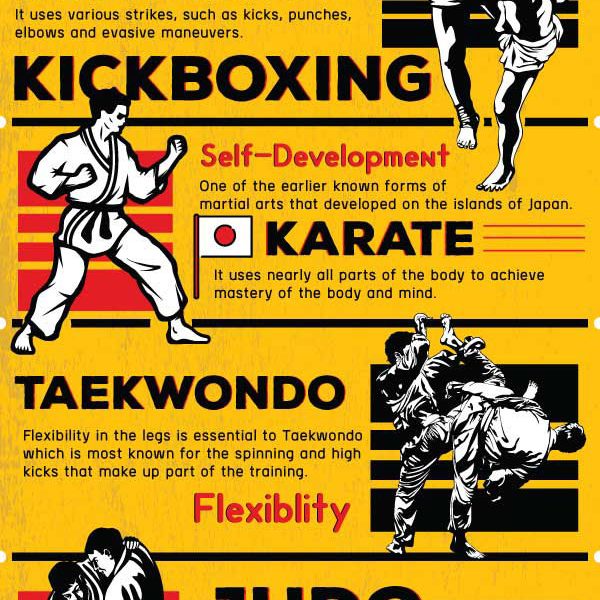The Growth And Historical Context Of Martial Arts Worldwide
The Growth And Historical Context Of Martial Arts Worldwide
Blog Article
Content By-Chu Liu
Martial arts have a fascinating history that covers centuries and continents. You could find it appealing just how old techniques like Shuai Jiao and Kalaripayattu laid the groundwork for modern-day battle techniques. These self-controls not just stress physical skills but also show the cultures that birthed them. As you explore their development, think about just how globalization has transformed these conventional kinds right into crossbreed styles. What influences do you believe have formed today's martial arts landscape?
Ancient Martial arts: The Foundations of Battle
As you look into the world of ancient martial arts, you'll discover the abundant foundations that shaped fight strategies throughout societies. Early methods focused on Self-Defense and survival, usually integrating strikes, grappling, and weaponry.
In old China, as an example, strategies like Shuai Jiao stressed throws and joint locks, while India's Kalaripayattu showcased agility and liquid motion. Japanese samurai established Kenjutsu, a polished swordsmanship that highlighted technique and approach.
These martial arts offered not just for fight however likewise as a way of personal growth, instilling values like regard and willpower. The blending of these methods with time laid the groundwork for the varied martial arts you see today, each showing the special viewpoints and demands of its society.
The Social Influence on Martial Arts Advancement
While martial arts usually mirror the functional requirements of a culture, they also symbolize the cultural worths and ideas of their beginnings. When you discover different martial arts, you'll see how they're affected by religion, ideology, and social norms.
As an example, the emphasis on respect and self-control in Japanese martial arts comes from Zen Buddhism and samurai culture. On the other hand, Brazilian Jiu-Jitsu promotes versatility and method, shaped by the need for performance in a diverse, modern atmosphere.
read article might locate that the routines, uniforms, and training methods reflect a neighborhood's background and identification. By understanding these social impacts, you deepen your appreciation of martial arts and their role in shaping human experiences across the globe.
Modern Adaptations and the Globalization of Martial arts
Martial arts have actually changed considerably in recent decades, adapting to modern culture and worldwide impacts. You'll observe that standard types have combined with modern methods, creating hybrid styles like MMA. These adaptations cater to diverse audiences, making martial arts easily accessible and attractive globally.
With the surge of social networks and electronic platforms, you can discover tutorials and competitions from all corners of the world, breaking geographical obstacles. This globalization has resulted in a shared recognition for various disciplines, from Brazilian Jiu-Jitsu to Taekwondo.
As you engage with these arts, you'll understand they're not practically battle; they promote fitness, technique, and mental wellness.
Inevitably, modern adjustments have actually enhanced the martial arts landscape, making it a vibrant and progressing technique.
Conclusion
In discovering the background and development of martial arts, you discover a remarkable mix of strategies, cultures, and ideologies. From please click the next website page like Shuai Jiao and Kalaripayattu to the modern-day versatility seen in MMA, martial arts mirror humankind's mission for Self-Defense and individual development. As you engage with these methods, you not just get skills however additionally a much deeper appreciation for the varied traditions that form our globe today. So, proceed your journey and embrace the art of fight!
